The former Methodist chapel, forming the front of these premises, was built in 1900. In 1977, the disused chapel, with its high octagonal ceiling, was taken over by the Half Moon Theatre Company, opening with a production of Robert Tressell’s The Ragged-Trousered Philanthropists. In 1985, the theatre expanded into a derelict site next door, yet closed in 1990. Several years later, it was converted into The Half Moon.
Framed collection of illustrations and text about The Half Moon Theatre.
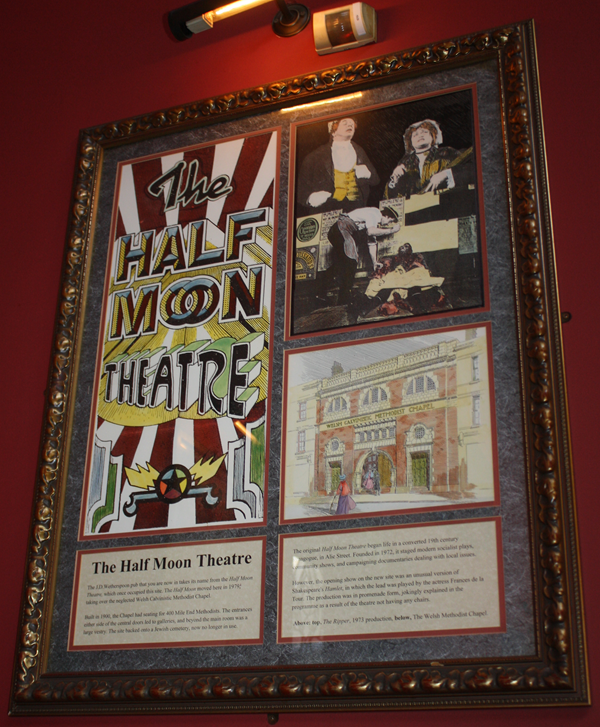
The text reads: The J.D. Wetherspoon pub that you are now in takes its name from the Half Moon Theatre, which once occupied this site. The Half Moon moved here in 1979, taking over the neglected Welsh Calvinistic Methodist Chapel.
Built in 1900, the Chapel had seating for 400 Mile End Methodists. The entrances either side of the central doors led to galleries, and beyond the main room was a large vestry. The site backed onto a Jewish cemetery, now no longer in use.
The original Half Moon Theatre began life in a converted 19th century synagogue, in Alie Street. Founded in 1972, it staged modern socialist plays, community shows, and campaigning documentaries dealing with local issues.
However, the opening show on the new site was an unusual version of Shakespeare’s Hamlet, in which the lead was played by the actress Frances de la Tour. The production was in promenade form, jokingly explained in the programme as a result of the theatre not having any chairs.
Above: top, The Ripper, 1973 production, below, The Welsh Methodist Chapel.
Framed collection of illustrations, photographs and text about Charles Coborn.
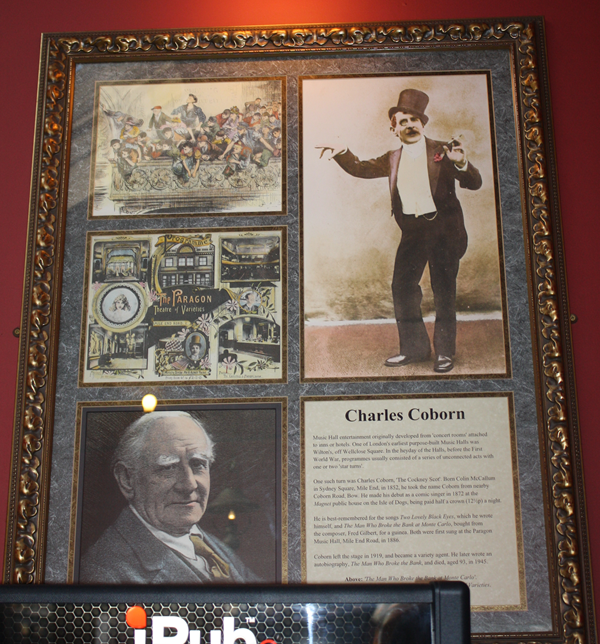
The text reads: Music Hall entertainment originally developed from ‘concert rooms’ attached to inns or hotels. One of London’s earliest purpose built Music Halls was Wilton’s, off Wellclose Square. In the heyday of the Halls, before the First World War, programmes usually consisted of a series of unconnected acts with one or to ‘star turns’.
One such turn was Charles Coborn,' The Cockney Scot’. Born Colin McCallum in Sydney Square, Mile End, in 1852, he took the name Coborn from nearby Coborn Road, Bow. He made his debut as a comic singer in 1872 at the Magnet public house on the Isle of Dogs, being paid half a crown (12 1/2p) a night.
He is best-remembered for the songs Two Lovely Black Eyes, which he wrote himself, and The Man Who Broke the Bank at Monte Carlo, bought from the composer, Fred Gilbert, for a guinea. Both were first sung at the Paragon Music Hall, Mile End Road, in 1886.
Coborn left the stage in 1919, and became a variety agent. He later wrote an autobiography, The Man Who Broke the Bank, and died, aged 93, in 1945.
Above: ‘The Man Who Broke the Bank at Monte Carlo’
Top left: The audience
Centre Left: Paragon Theatre of Varieties
Left: Charles Coborn in old age.
Framed collection of illustrations and text about Jack Sheppard.
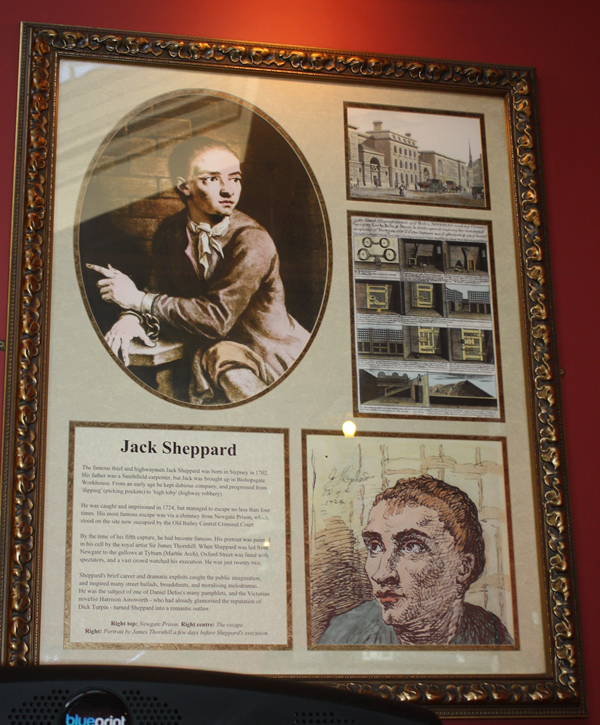
The text reads: The famous thief and highwayman Jack Sheppard was born in Stepney in 1702. His Father was a Smithfield carpenter, but Jack was brought up in Bishopsgate Workhouse. From an early age he kept dubious company, and progressed from ‘dipping’ (picking pockets) to ‘high toby’ (highway robbery).
He was caught and imprisoned in 1724, but managed to escape no less than four times. His most famous escape was via a chimney from Newgate Prison, which stood on the site now occupied by the Old Bailey Central Criminal Court.
By the time of his fifth capture, he had become famous. His portrait was painted in his cell by the royal artist Sir James Thornhill. When Sheppard was led from Newgate to the gallows at Tyburn (marble Arch), Oxford Street was lined with spectators, and a vast crowd watched his execution. He was just twenty two.
Sheppard’s brief career and dramatic exploits caught the public imagination, and inspired many street ballads, broadsheets, and moralising melodramas. He was the subject of one of Daniel Defoe’s many pamphlets, and the Victorian novelist Harrison Ainsworth – who had already glamorised the reputation of Dick Turpin – turned Sheppard into a romantic outlaw.
Right top: Newgate Prison
Right centre: The escape
Right: Portrait by James Thornhill a few days before Sheppard’s execution.
A framed poster depicting the performers at the Royal Performance, dated 31 October 1935.
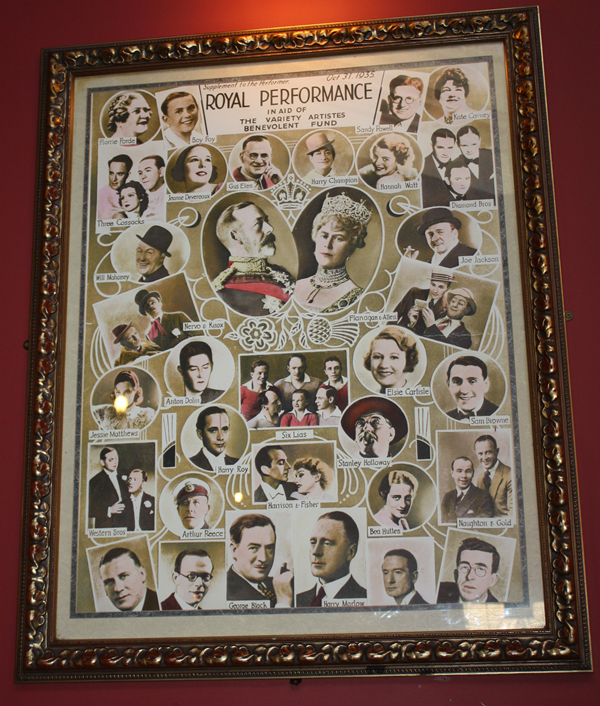
A framed collection of prints of theatrical performances.
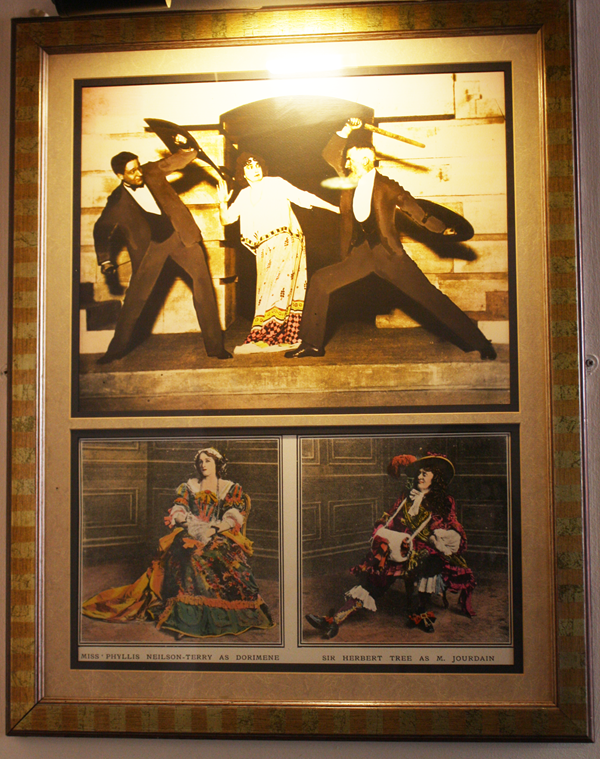
The bottom illustrations feature (left) ‘Miss Phyllis Neilson-Terry as Dorimene’and (right) ‘Sir Herbert Tree as M. Jourdain’.
A framed illustration and text about The Salvation Army.
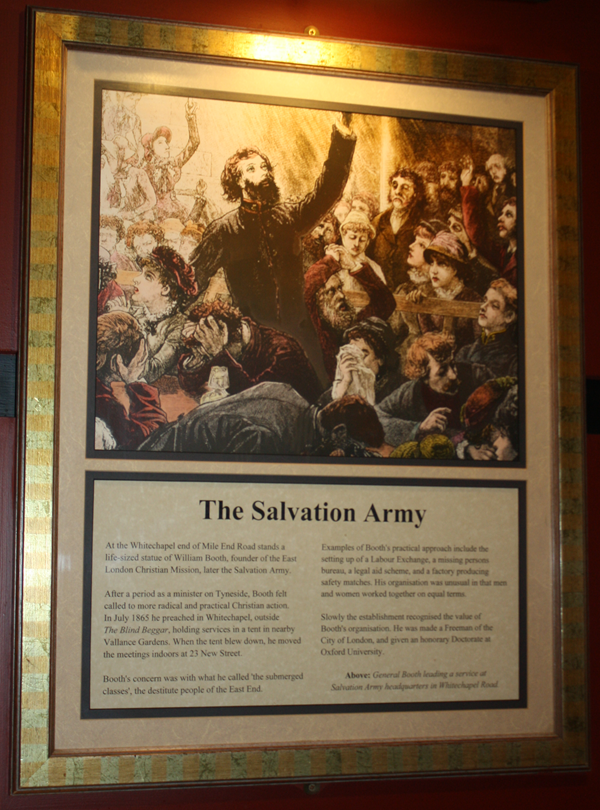
The text reads: At the Whitechapel end of Mile End Road stands a life-sized statue of William Booth, founder of the East London Christian Mission, later the Salvation Army.
After a period as a minister on Tyneside, Booth felt called to more radical and practical Christian action. In July 1865 he preached in Whitechapel, outside The Blind Beggar, holding services in a tent in nearby Vallance Gardens. When the tent blew down, he moved the meetings indoors at 23 New Street.
Booth’s concern was with what he called ‘the submerged classes’, the destitute people of the East End.
Examples of Booth’s practical approach include the setting up of a Labour Exchange, a missing persons bureau, a legal aid scheme, and a factory producing safety matches. His organisation was unusual in that men and women worked together on equal terms.
Slowly the establishment recognised the value of Booth’s organisation. He was made a Freeman of the City of London, and given an honorary Doctorate at Oxford University.
Above: General Booth leading a service at salvation Army headquarters in Whitechapel Road.
An internal photograph of the bar, showing the original layout and design from the building’s former use.
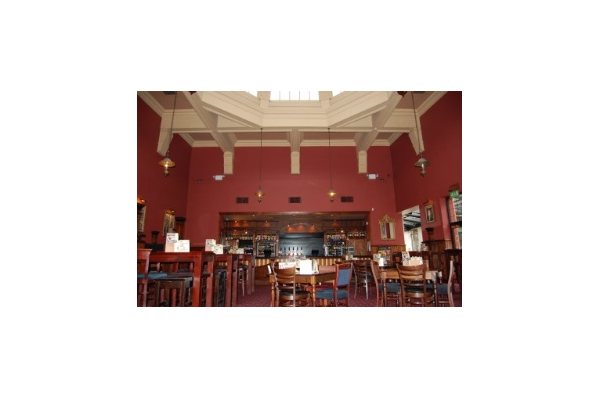
A view of the building’s dome-shaped roof.
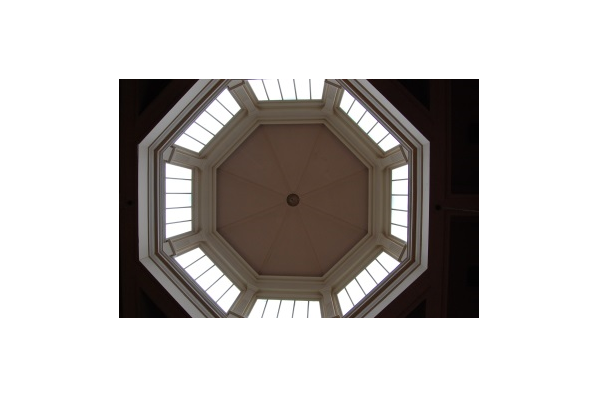
External photograph of the building – main entrance.
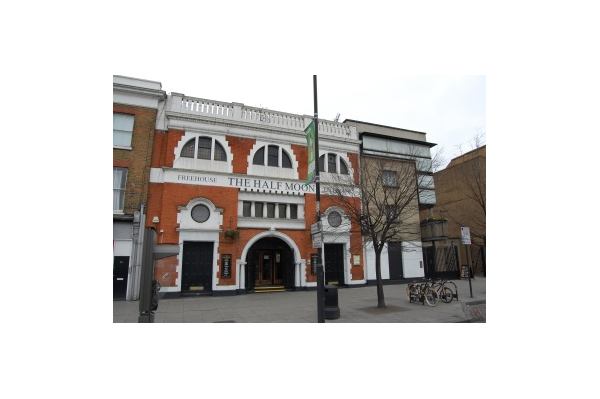
If you have information on the history of this pub, then we’d like you to share it with us. Please e-mail all information to: pubhistories@jdwetherspoon.co.uk